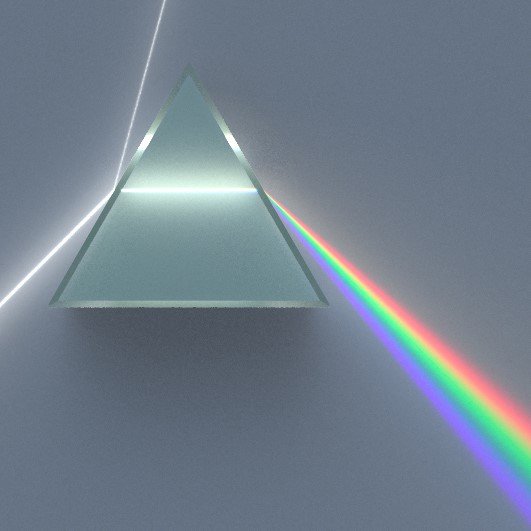Misconception: Light rays (or their wavelengths) are coloured
Concept Corrected: Light rays are not coloured - they activate colour perceptions
Depiction of a white light beam passing through a prism. (Image source: Wikimedia Commons.)
Although it looks like rays of light (and all things in the world) are coloured, colour is what we perceive when light rays enter our eye. The wavelengths of light are not coloured. It is the way that our visual system interprets the whole distribution of wavelengths of light from the spectrum, within a particular context, which gives rise to colour perception.
Diagrams courtesy of Andreas Schwarz.
Sometimes you may come across terms like ‘red light’ or ‘blue light’. Phrases like this can lead to the misconception that light rays actually have these colours. It is important to remember that light comes in a range of wavelengths or energies or frequencies, and it is the response of the human visual system to this range of wavelengths that gives us the sensation or perception of specific colours. However, we may find when teaching or speaking about colour, this type of terminology, although not strictly correct, is helpful for communicating ideas about colour in an understandable manner.






